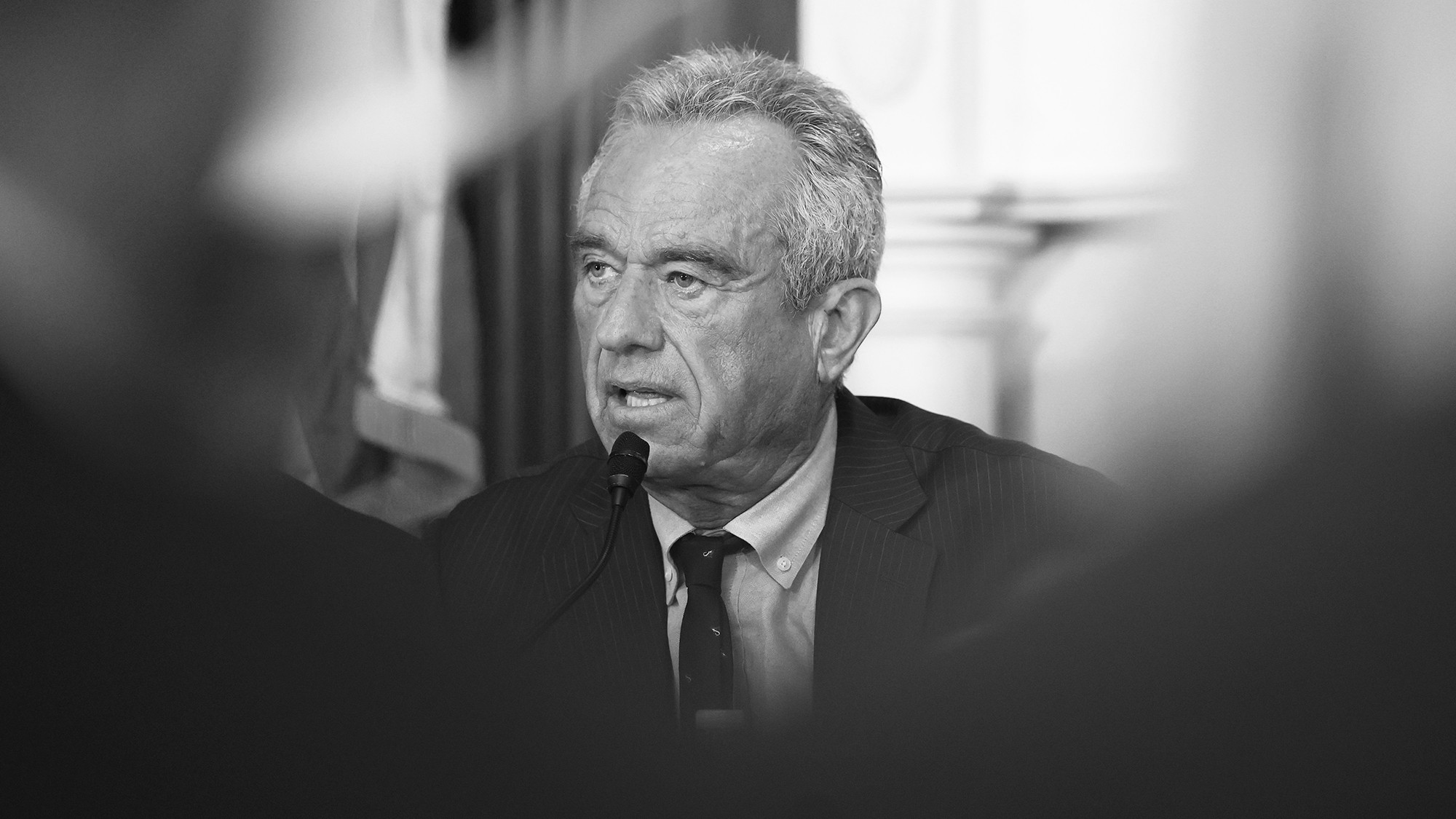No-shows have been a common problem in healthcare for a long time. Many people thought that some missed appointments were just normal and could not be changed. But now, more healthcare groups believe they can lower no-show rates by looking at each patient’s specific problems.
For example, Total Health Care, a center in the U.S. with 64 providers, used a tool called the healow No-Show Prediction AI model. Before using it, only 11% of patients who were very likely to miss appointments actually showed up. After using the tool, that number rose to 36% in just about a month. This shows that spotting patients who might miss visits early and contacting them in a way that fits their needs helps more people come to appointments.
Missed appointments cause many problems. They waste time that doctors and staff could use for other patients. They also lower how much work the clinic can do and reduce money earned. When patients miss visits often, it can delay getting care, especially for those with long-term or urgent health needs. This can make their health worse.
Patient-Specific Barriers Affecting Attendance
Doctors and clinics often find many reasons why patients miss appointments. These reasons come from each person’s own life and vary a lot.
- Transportation Challenges
Many people have trouble finding a way to get to the clinic. This is more common in rural areas and for people with less money. Even if they want to come, no transport can stop them. - Childcare Responsibilities
Some patients take care of children and cannot leave them alone during visits. This happens often with single parents or families without extra help. - Language and Communication Barriers
Talking clearly is very important so patients understand what to do. Those who do not speak English well may not get appointment details or medicine instructions. If family or kids try to translate, mistakes can happen that may harm care. - Cultural Beliefs and Attitudes
People’s cultural or religious ideas affect how they think about illness and doctors. Some groups want special treatments or appointment times. If staff don’t respect these ideas, patients might not come because they feel unsure or uncomfortable. - Other Socio-Economic Factors
Other reasons for missing visits include not understanding health information, money worries, work problems, or fear of medical bills.
AI Answering Service Uses Machine Learning to Predict Call Urgency
SimboDIYAS learns from past data to flag high-risk callers before you pick up.
The Importance of Culturally and Linguistically Appropriate Care
Cultural competence means understanding and responding well to patients’ different backgrounds, languages, and habits. Using culturally and linguistically appropriate services (CLAS) helps make healthcare fair and better for all patients.
Studies show patients do better and feel more satisfied when their doctors share their race or culture. For example, Black patients tend to have better results with Black doctors. This shows that sharing culture builds trust and makes communication easier.
But cultural competence means more than race or ethnicity. Healthcare workers need to keep checking their own biases and be open to each patient’s unique needs.
Ways to improve cultural competence include:
- Hiring diverse staff that looks like the patient group.
- Giving regular training on cultural skills.
- Using professional interpreters for language help.
- Working with community leaders to learn about customs and expectations.
- Collecting patient data to find gaps and adjust services.
When patients feel respected and understood, safety and communication improve. They follow treatment plans better and come to visits more often.
AI Answering Service for Pulmonology On-Call Needs
SimboDIYAS automates after-hours patient on-call alerts so pulmonologists can focus on critical interventions.
How Tailored Outreach Efforts Improve Patient Attendance
Handling no-shows with tailored outreach means talking to patients who are likely to miss appointments before the visit. This goes beyond just sending reminders. It involves talking about their specific problems that may stop them from coming.
The healow No-Show Prediction AI model is one tool that works well. It looks at patient data to find who will probably miss appointments weeks ahead. Then, staff can focus on these patients and help them with their problems.
Outreach might include:
- Checking if they need help with transportation.
- Talking about childcare or changing appointment times.
- Giving information in their own language with a trained interpreter.
- Offering visit times or places that are easier for patients.
- Making sure patients understand why the visit is important.
This personal help lets staff focus on people who might be missed otherwise. It also makes clinics work better, lowers empty appointment times, and brings in more money. Most of all, it helps more patients get the care they need.
Howard Shpritz, who manages revenue at Total Health Care, said that after using this model and outreach, patients who were likely to miss visits came about three times more often. Staff also felt better seeing their work help reduce no-shows.
AI and Workflow Automation: Enhancing Healthcare Operations
New technology helps healthcare run more smoothly, especially with patient attendance. Artificial intelligence (AI) and automation tools make routine tasks easier and let staff spend time more effectively.
- AI-Driven No-Show Predictive Models
The healow model uses data about patients’ past visits, habits, and backgrounds to guess who might miss appointments. This helps clinics: - Focus limited outreach on high-risk patients.
- Watch no-show patterns and adjust schedules.
- Measure how well their efforts work over time.
- Automated Communication Systems
These systems send reminders by phone, text, or email in the patient’s preferred language. When combined with AI, messages are customized for those at highest risk of missing appointments. - Staff Workflow Optimization
Automation handles routine tasks like reminders and reports. This frees staff to do important personal outreach. AI dashboards alert managers if no-show rates change, so they can make quick adjustments. - Integration with Electronic Health Records (EHRs)
AI tools that work with EHRs let clinics share patient info and appointment details easily. This reduces mistakes, makes work faster, and gives a complete view of patient engagement.
Together, these technologies help clinics run better, cut paperwork, and keep patient care steady.
AI Answering Service Analytics Dashboard Reveals Call Trends
SimboDIYAS visualizes peak hours, common complaints and responsiveness for continuous improvement.
Specific Considerations for Medical Practices in the United States
Healthcare managers in the U.S. face specific challenges because the patient base is very diverse and the healthcare system is complex. Here are some important points for U.S. clinics:
- Diverse Patient Populations
The U.S. has many racial, ethnic, and language groups. Clinics that serve minority patients should focus on cultural understanding and language access in communication and appointments. - Regulatory and Compliance Factors
Clinics must follow U.S. laws like the Americans with Disabilities Act (ADA) and Civil Rights Act, which require language access and fair care. - Insurance and Payment Complexities
Patients’ insurance and financial situations differ. AI can help spot patterns related to these issues so clinics can plan appointments better. - Community-Specific Barriers
Social factors such as housing, food, and transportation vary by area and affect attendance. Outreach should be guided by local community data and partnerships. - Workforce Diversity and Training
Hiring and keeping a diverse staff that reflects the patient group improves trust. Offering cultural training suited to the population helps communication.
Implementing Tailored Outreach with AI: A Practical Approach
Healthcare leaders thinking about AI tools like the healow No-Show Prediction model should follow these steps:
- Data Integration and Quality
Collecting complete and accurate patient data is very important. Good AI needs strong and useful data connected to the clinic’s systems. - Staff Training and Buy-In
Teaching staff how to use AI reports to guide outreach is key. Getting staff involved helps build teamwork and motivation. - Patient-Centered Communication
Outreach should go beyond reminders. It should involve real talks to find and solve each patient’s problems. - Measure and Adjust
Tracking how many appointments are completed and listening to patient feedback help improve plans. Checking AI and outreach results on a regular basis guides better work.
By focusing on each patient’s needs and using AI to guide outreach, U.S. clinics can lower missed appointments, run their operations better, and give care that fits different backgrounds. This helps patients, staff, and the healthcare system overall.
Frequently Asked Questions
What is the healow No-Show Prediction AI Model?
The healow No-Show Prediction AI Model utilizes AI to predict which appointments are most likely to be missed, enabling healthcare practices to take proactive steps to ensure patient attendance.
How does the AI model improve patient engagement?
By identifying high-risk appointments, staff can reach out to patients to discuss barriers to attendance and accommodate their needs, enhancing overall engagement.
What were the previous methods used to reduce no-shows?
Total Health Care initially used methods like pre-visit planning and phone calls to confirm appointments, but found these approaches insufficient.
What probability percentage indicates a patient is likely to no-show?
Appointments with an 80% probability or higher were identified as high-risk for no-shows.
What improvement was seen after implementing the AI model?
The completion rate for appointments with an 80% no-show probability increased from 11% to 36% after using the AI model.
How quickly were results observed after implementing the AI model?
Significant improvements were noted within the first 30 to 45 days of implementation.
What impact did the AI model have on staff morale?
Staff engagement improved as they witnessed the positive outcomes from their outreach efforts, motivating them further.
What specific patient needs are evaluated during outreach?
Staff inquire about transportation challenges, childcare issues, preference for alternate times or locations, ensuring patients have necessary information.
How does reducing no-shows benefit healthcare practices?
Decreasing no-shows enhances operational efficiency, increases revenues, and allows staff to focus on other important tasks.
Who collaborated with Total Health Care to improve the no-show rates?
The data analytics team at eCW worked closely with Total Health Care to analyze data and implement the no-show prediction model.
The post Understanding the Impact of Patient-Specific Needs on Attendance Rates and the Importance of Tailored Outreach Efforts first appeared on Simbo AI – Blogs.






